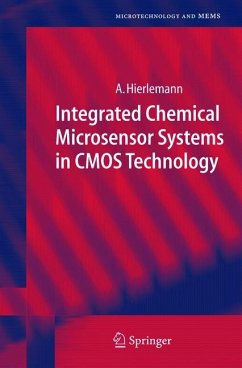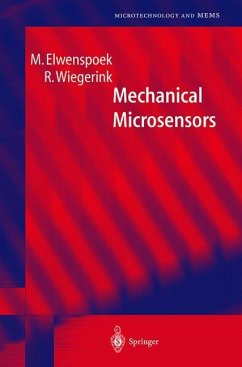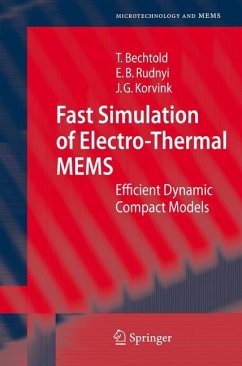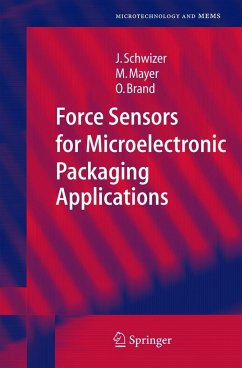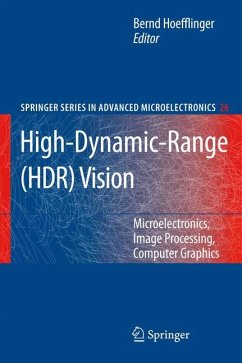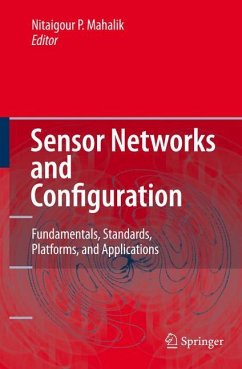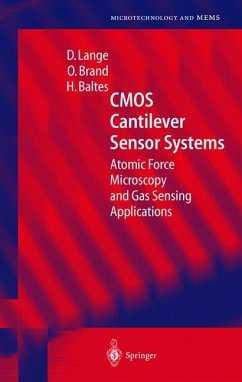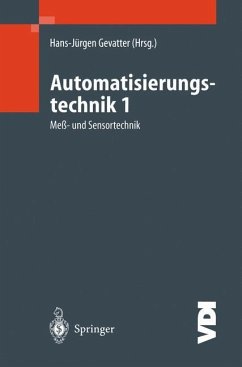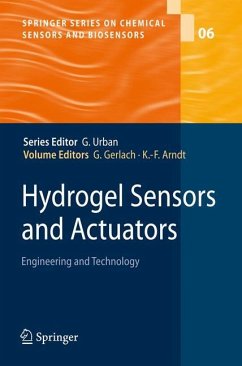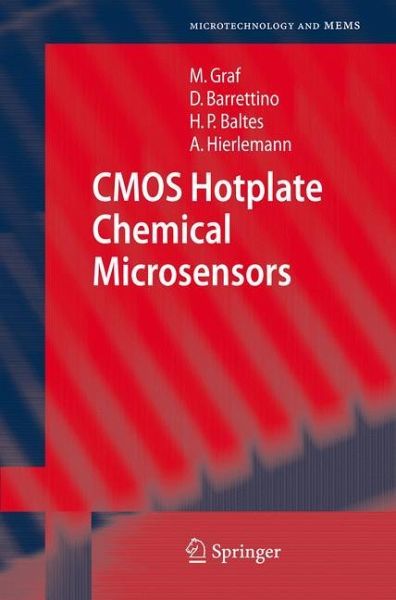
CMOS Hotplate Chemical Microsensors
Versandkostenfrei!
Versandfertig in 6-10 Tagen
76,99 €
inkl. MwSt.
Weitere Ausgaben:

PAYBACK Punkte
38 °P sammeln!
The first comprehensive text on microhotplate-based chemical sensor systems in CMOS-technology covers all aspects of successful sensor prototyping: theoretical considerations for modelling, controller- and system design, simulation of circuits and microsensors, design considerations, microfabrication, packaging and testing. A whole family of metal-oxide based microsensor systems with increasing complexity is presented, including fully integrated sensor arrays. This represents one of the first examples of integrated nanomaterials, microtechnology and embedded circuitry.
This is the first comprehensive book on microhotplate-based chemical sensor systems in CMOS-technology. It covers all aspects of successful sensor prototyping: theory of transducer modelling, microelectronics design considerations, system design issues, and issues related to system and device microfabrication, packaging, and testing. A variety of different hotplates for different operation conditions is detailed and a family of metal-oxide-covered microhotplate-based microsensor systems with increasing complexity is presented. These systems belong to a new generation of chemical microsensors and represent examples of the successful integration of nanomaterials, microtechnology and microelectronics.
The book provides students, scientists and engineers with an accessible introduction to the field of microhotplate-based chemical sensing, with all the necessary fundamental knowledge included. Beyond that, it also provides detailed information on all important issues concerning complex high-performance CMOS chemical microsensor systems; hence it will also be valuable to experts already familiar with the field.
The book provides students, scientists and engineers with an accessible introduction to the field of microhotplate-based chemical sensing, with all the necessary fundamental knowledge included. Beyond that, it also provides detailed information on all important issues concerning complex high-performance CMOS chemical microsensor systems; hence it will also be valuable to experts already familiar with the field.





